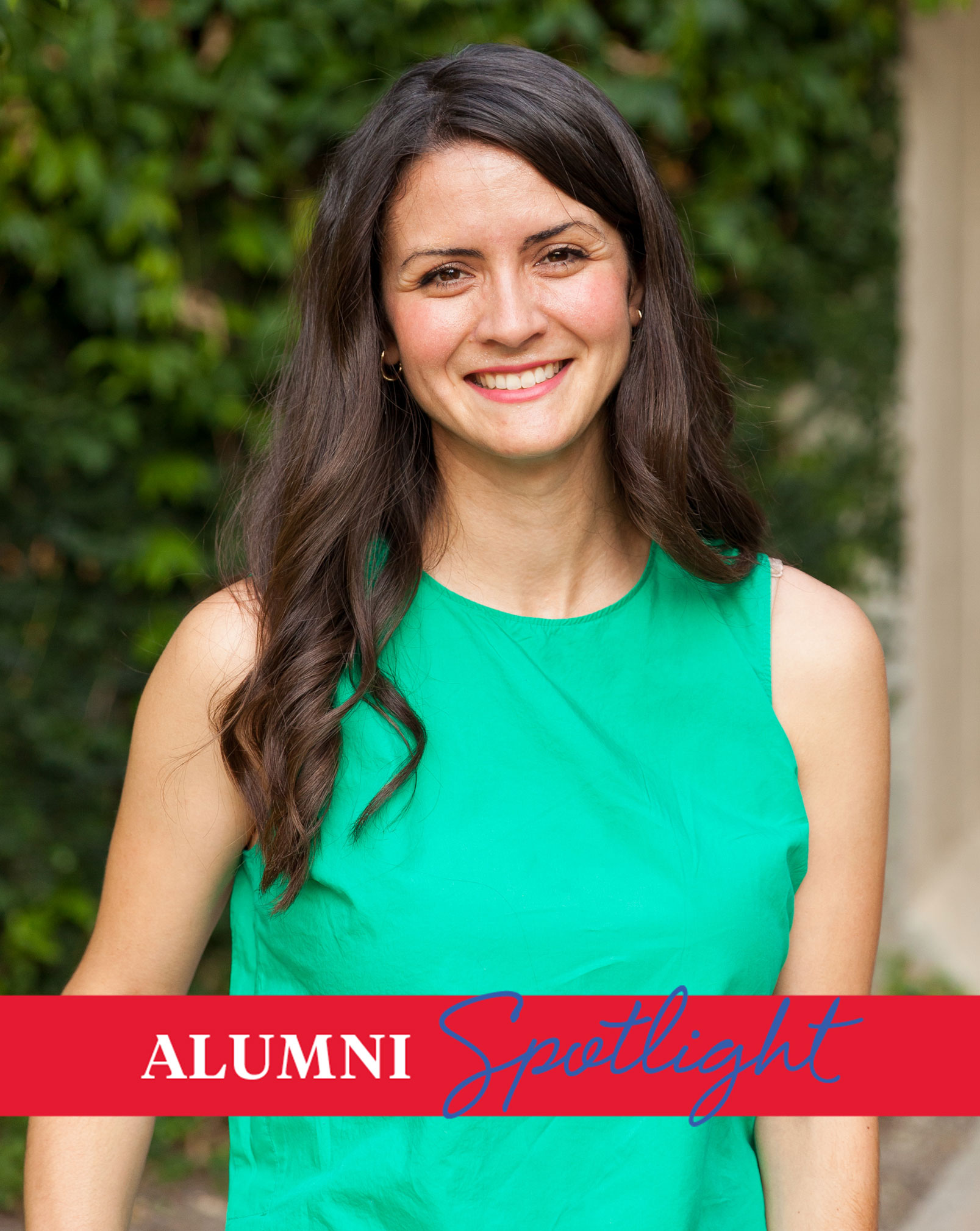Alumni Spotlight: Tania Glick
MADI alum Tania Glick (M.A. '19) shares how the skills she learned in the program fit into her role on the Innovation Team at Southwest Airlines.

Tania Glick (M.A. ’19) is this week’s featured alum in our new Alumni Spotlight series for the This Week at Meadows e-newsletter. Each week, a different Meadows alum will be highlighted for their accomplishments post-graduation.
Though Tania Glick attended a performing arts high school prior to matriculating to UC San Diego, she chose to pursue a degree in economics for her undergraduate rather than something arts related. It wasn’t until she was applying to graduate schools that she discovered she could marry the two disciplines together with SMU’s M.A. in Design & Innovation (MADI) degree.
“Learning about the MADI program made me realize I could apply my existing design skills in a business setting,” says Glick. “In the program I was exposed to professors and business leaders in the community who advocate for design and understand its importance.”
Working on endeavors like the MADI Capstone Project during her time in the program helped prepare Glick for her career in the field of design research. The teamwork required of the project built strong camaraderie between students, some of whom eventually became Glick’s fellow coworkers, among building other skills suitable for the industry.
“The most important thing I learned in the MADI program was the art of storytelling,” explains Glick, who now works as a Senior Innovation Designer at Southwest Airlines. “Your research findings need to be accurate but also compelling if you want to engage your audience and stakeholders effectively.”
White utilizes these skills at her job at Southwest Airlines, where she works on the Innovation Team and focuses on planning, conducting and synthesizing research from field visits in order to address a “gap” or “pain point” in their operations. Stakeholders will often ask her team to conduct qualitative design research to better understand the problem and design prototype solutions.
This particular job is a great example of the way MADI students can make an impact on existing industries. By studying the methodologies of human-centered design, they are able to effectively carry out the research and design process needed to creatively solve a problem. MADI helps its students grow skillsets that foster a new mindset toward innovation, and that often grows out of natural inquisitiveness.
“Demonstrating genuine curiosity goes a long way,” Glick says. “It shows you're willing to learn and get your hands dirty.”
Learn more about the MADI program here.